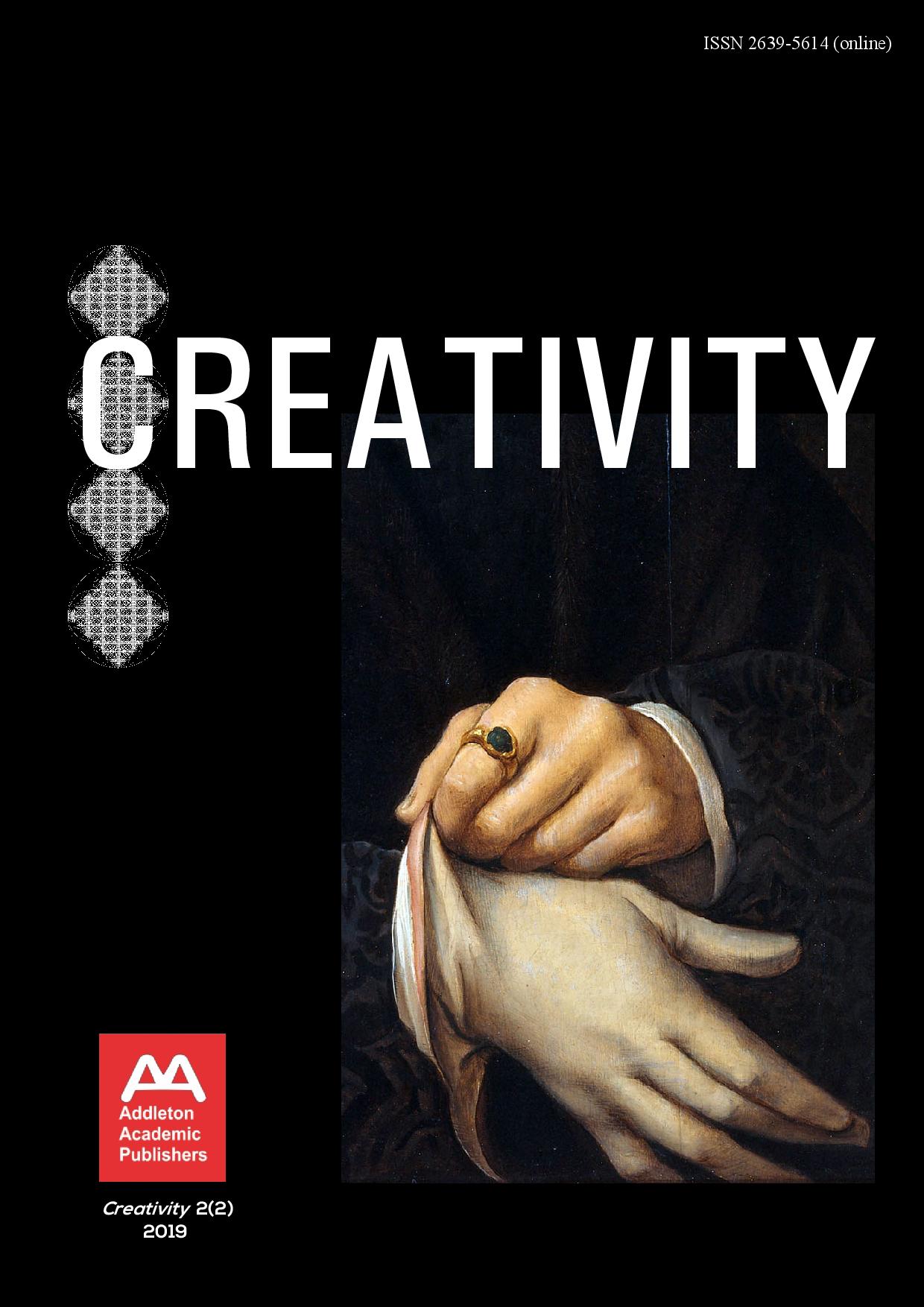Edgar Allan Poe’s science fiction: from ancient Egyptian cosmological lore to modern chronobiology
Edgar Allan Poe’s science fiction: from ancient Egyptian cosmological lore to modern chronobiology
Author(s): Mihai A. StroeSubject(s): Aesthetics, Short Story, Demography and human biology
Published by: Addleton Academic Publishers
Keywords: proto-Particle; quest for proto-Unity; Egypt; time travel; the golden section; Reynolds; Descartes; Symzonia; Ebbinghaus illusion; stereogram; nine (or eleven or twelve) human senses; Hollow Earth;cha no yu, Japan;
Summary/Abstract: Edgar Allan Poe is now celebrated as the creator of detective fiction and as a major contributor to what is called “proto-science fiction.” The present research focuses largely on his science fiction. Eureka is our starting point, being perhaps the most significant text from a cosmological viewpoint. We trace down Egyptian roots of Poe’s cosmology and the influence of Jeremiah N. Reynolds (1827) in Eureka (1848) and elsewhere. We show that Poe’s worldview is romantic in nature. Poe’s SF model of the universe anticipates evolutions in Western thought such as chaos theory, Big-Bang theory, parallel universes, etc. We also point out an Egyptian connection – as per his own confession: “I have stolen the golden secret of the Egyptians”: although historic memory fades in time, cosmic laws as a whole and cosmic events as particulars are indelibly painted like “hieroglyphs” on an infinite tapestry. In this equation, we show the unique importance of: 1) Ligeia (1838), for its Egyptian allusions; 2) MS. found in a bottle (1833), for its connection with Hollow-Earth theory, which appears to have obsessed Poe to the end of his life; 3) Mesmeric revelation (1844), for Poe’s main credo; and 4) A tale of the Ragged Mountains (1844), for its being a time-travel narrative containing one of the “best-kept secrets” in the entire Poe canon, in need of a Dupin’s detective skills to unriddle. We address the relevance of time and the nine or eleven (or more) human senses in world perception, as explored by cosmology, physics, chronobiology, or other models of reality. We show that Poe’s cosmology meets modern chronobiology in the Cartesian acceptation of the clock-like hierarchical macro- and microcosm correspondence.
Journal: Creativity
- Issue Year: 2/2019
- Issue No: 2
- Page Range: 33-257
- Page Count: 225
- Language: English
- Content File-PDF

